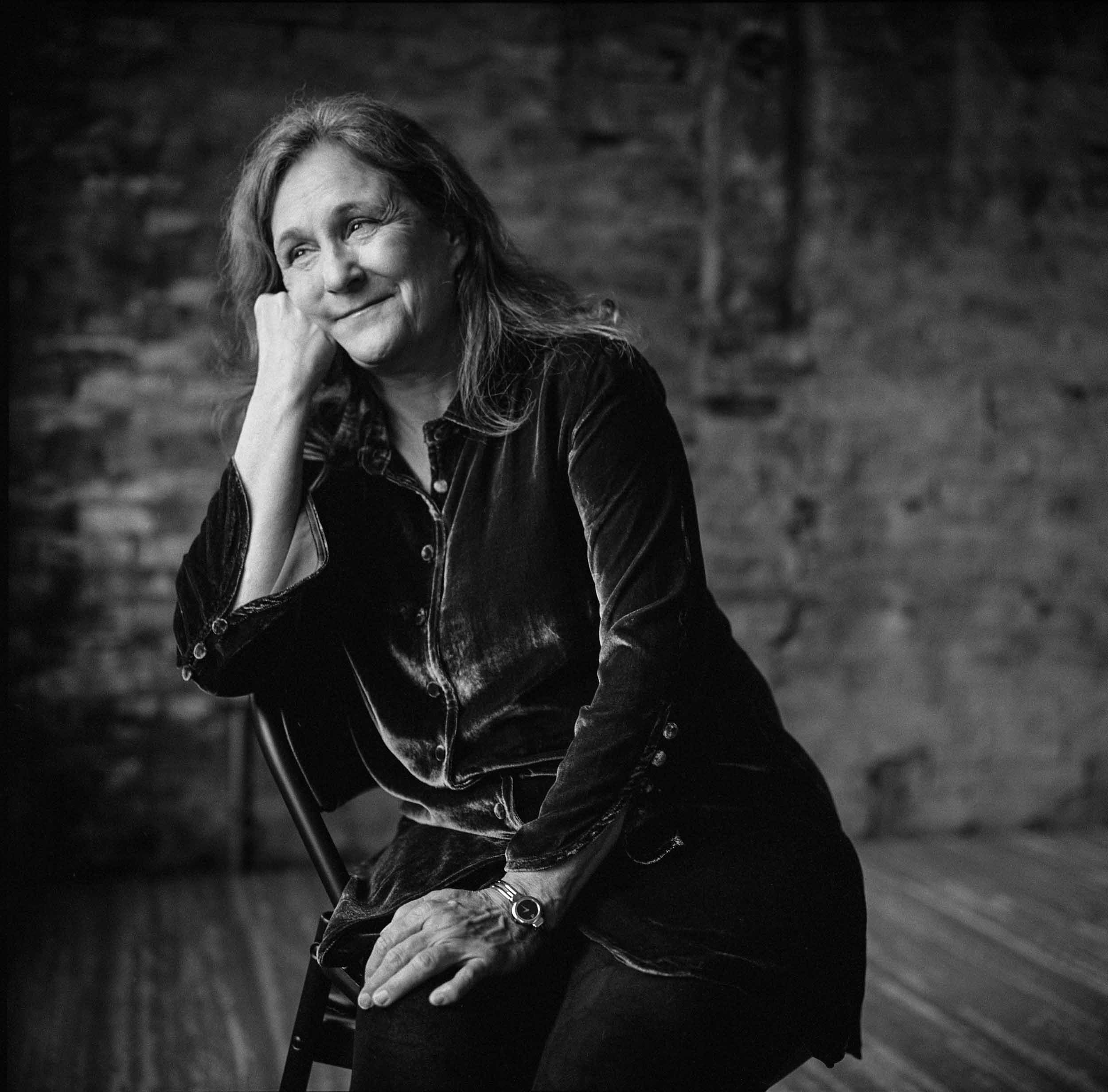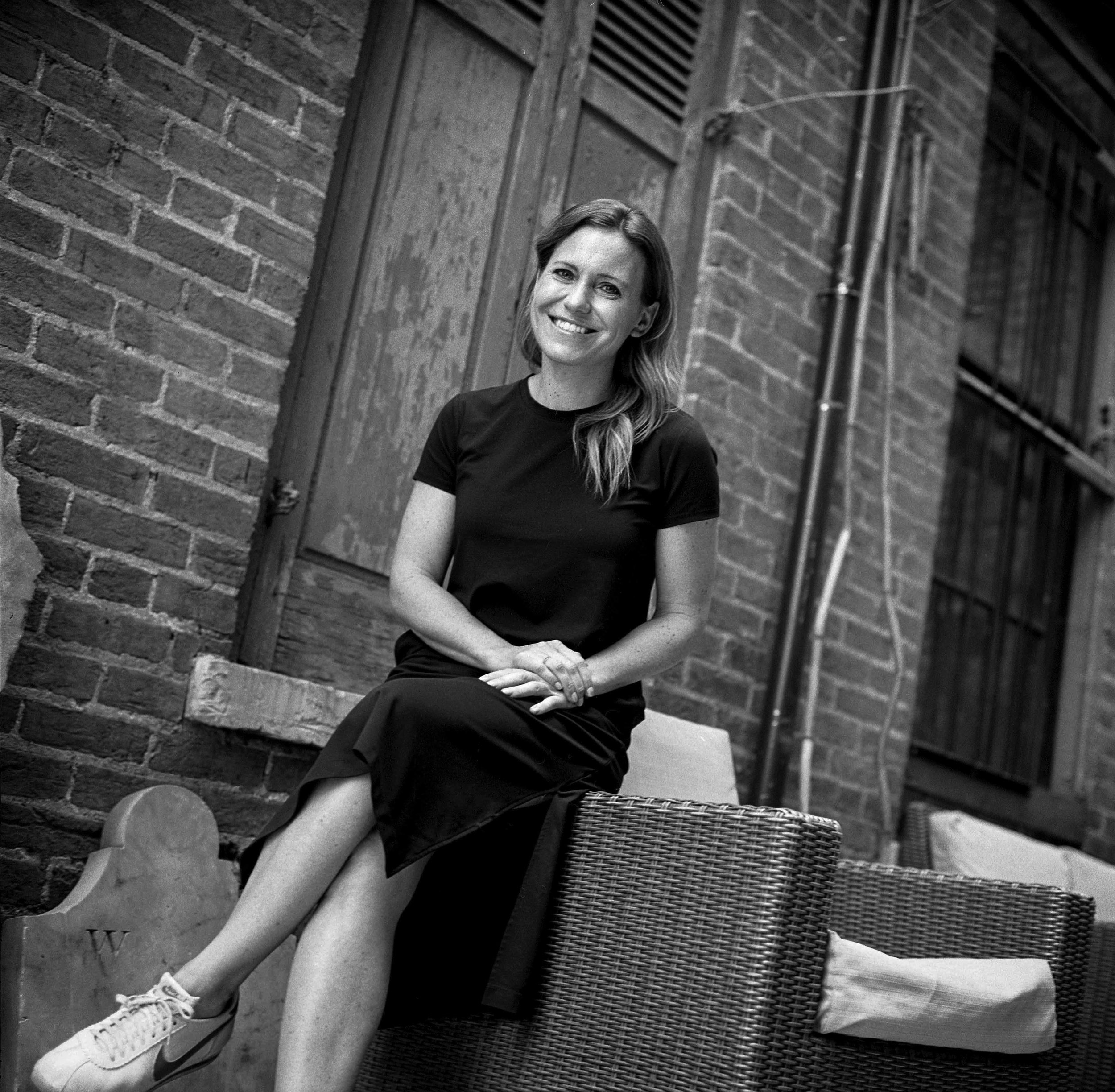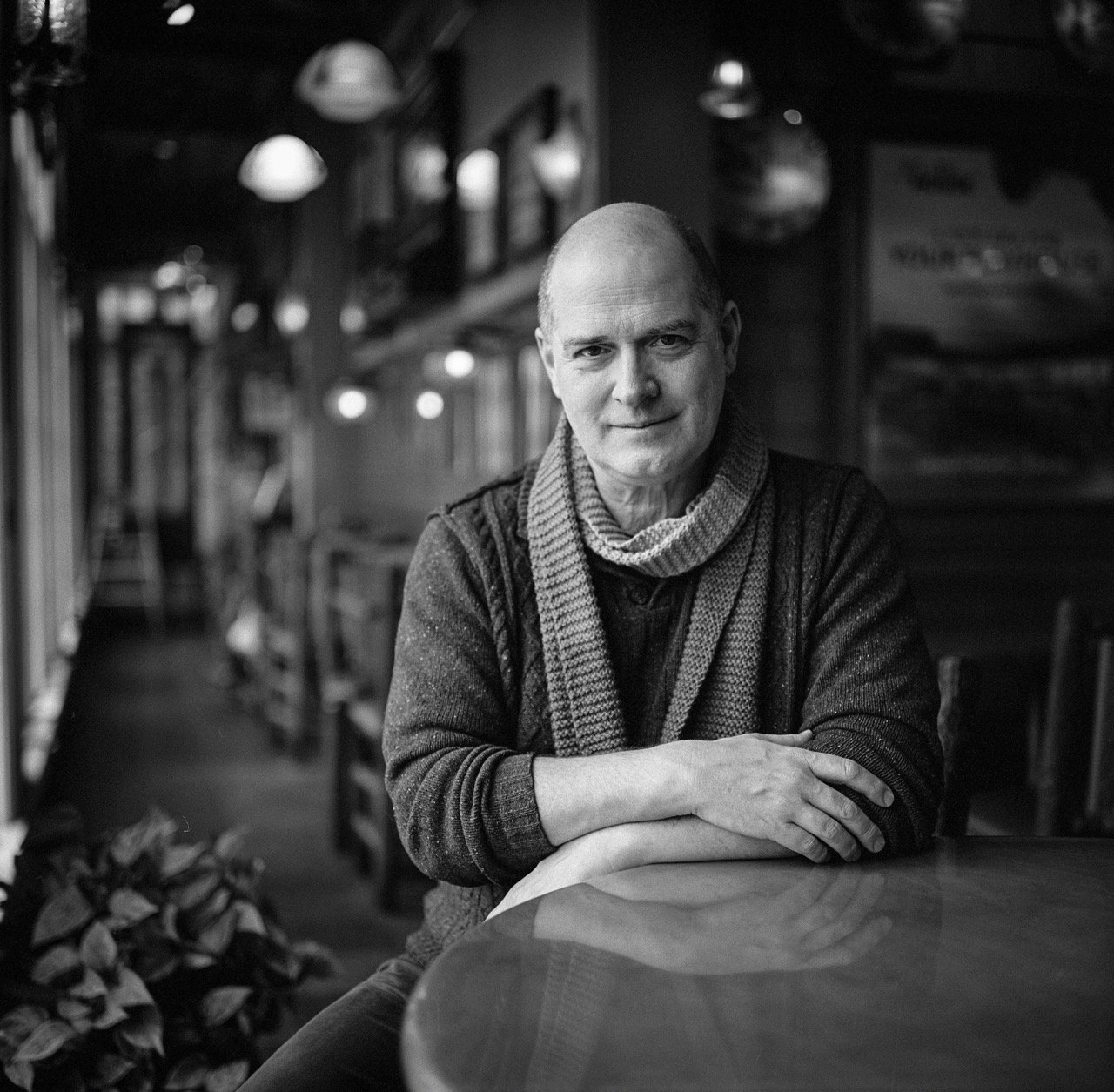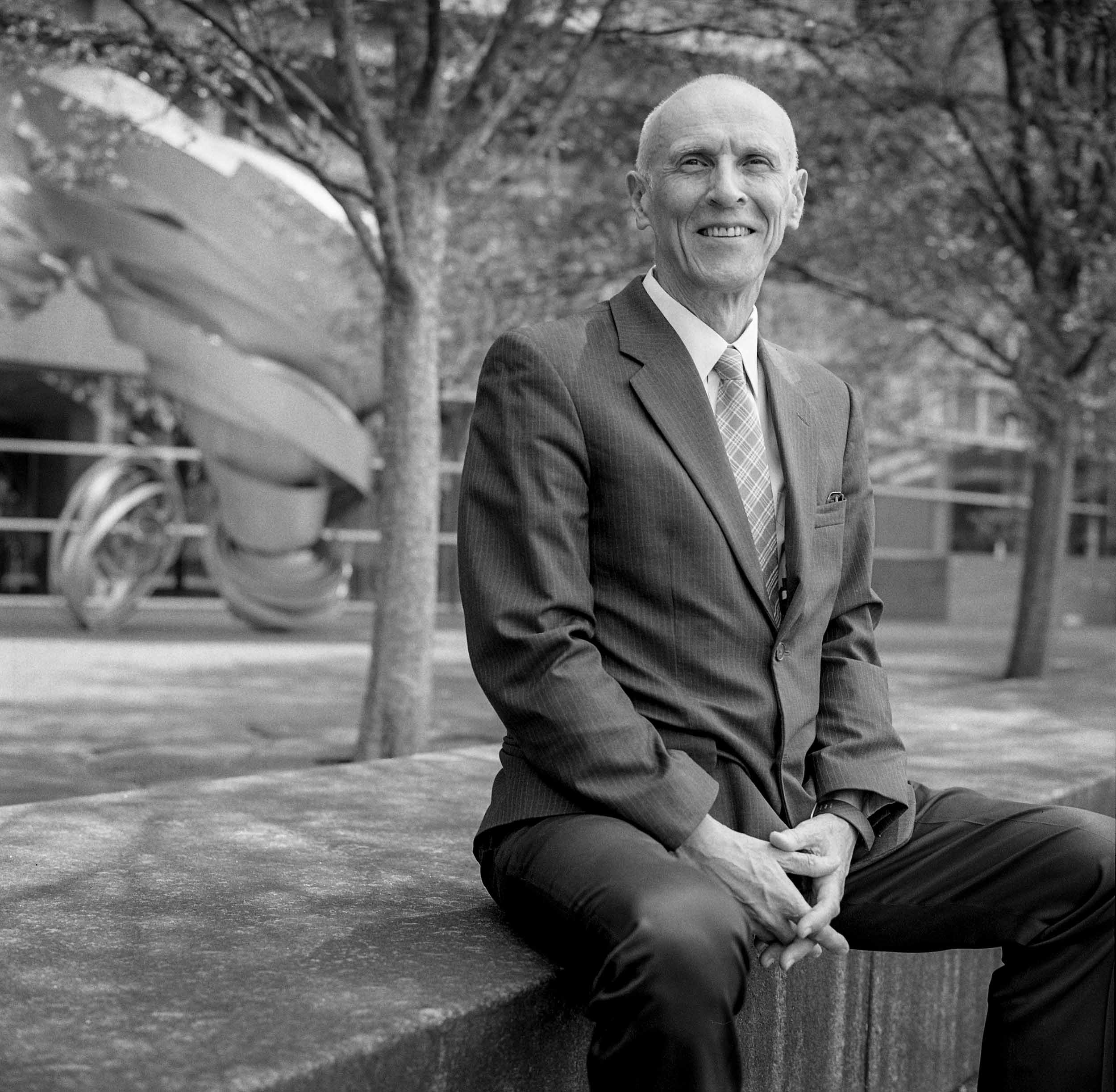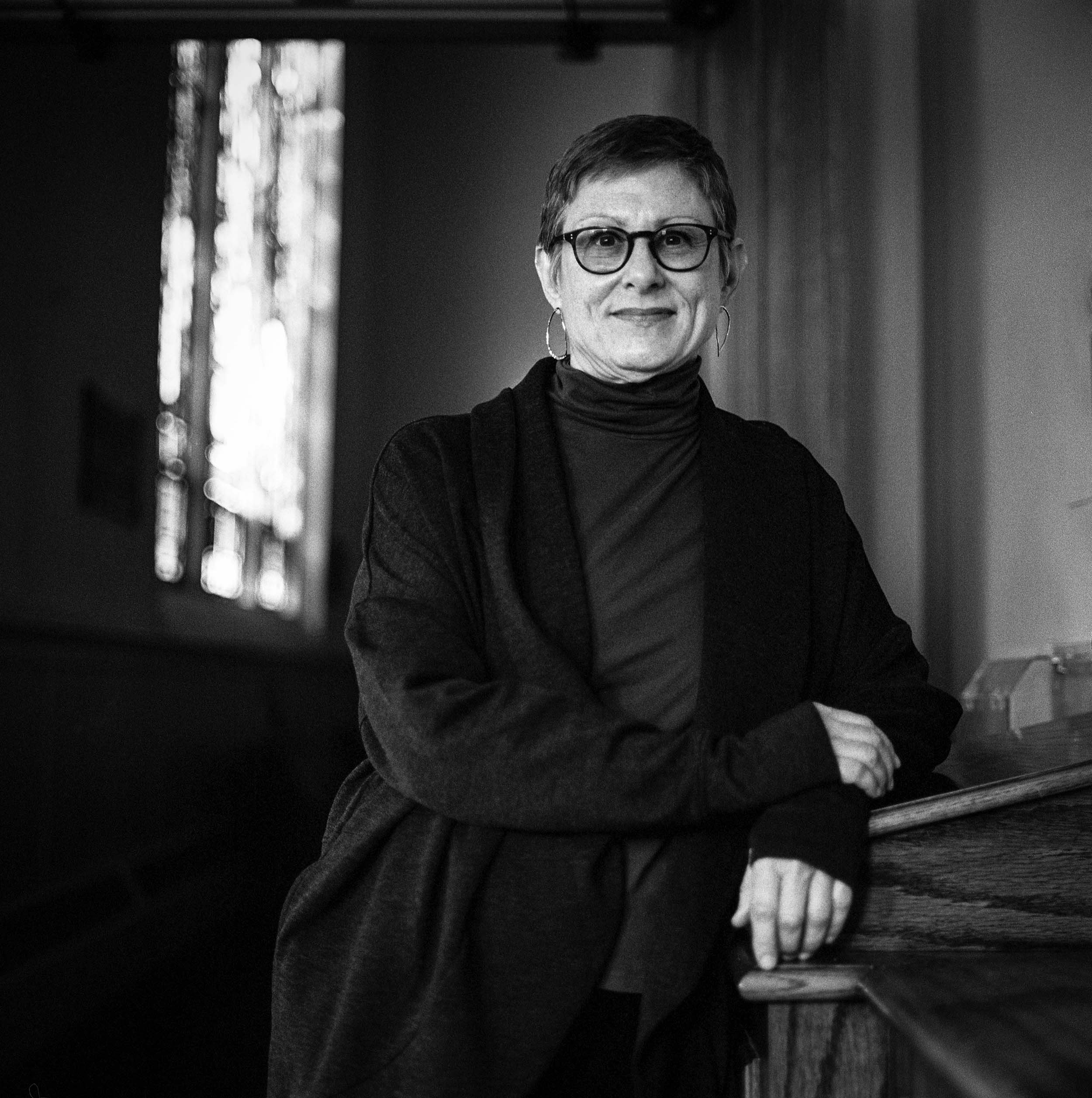Jasmine Robinson
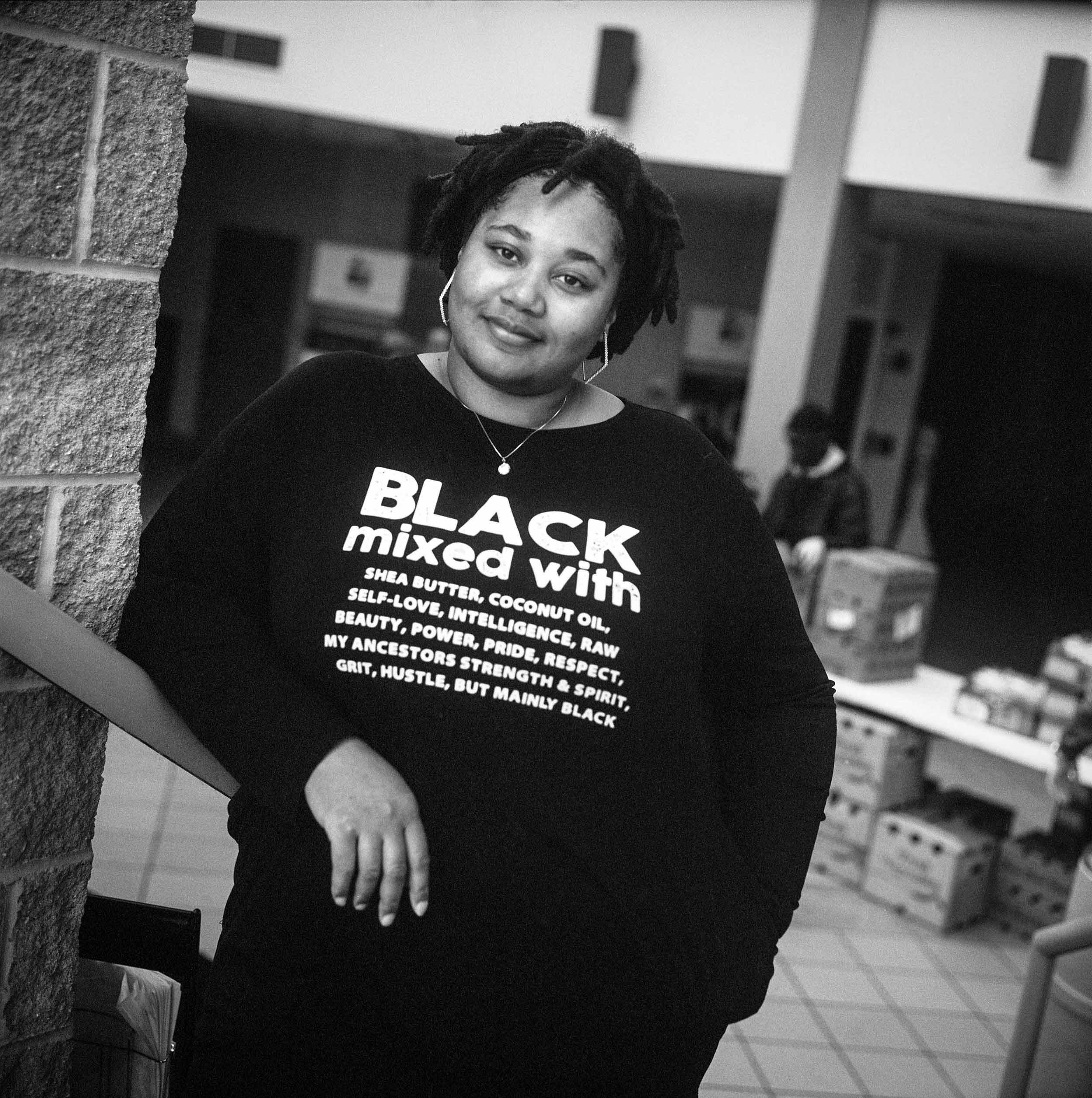
Cincinnati Health Department’s Food Equity Coordinator talks about steps folks are taking to ensure everyone has access to healthy food and nutrition education.
Interview by Bryn Mooth / Portrait by Michael Wilson
Let’s start with a favorite food memory from your childhood.
My mom and grandma loved to cook, and I was always the prep cook. My mom would cover the table with all kinds of dishes—different types of crackers, pickles, cheeses, salad, fruit—it was really healthy and simple, but we would be so satisfied. That’s how I learned how to make an amazing salad that’s so colorful that you just want to taste it because it looks so good. She introduced me to plant-based options; I grew up eating tofu before that was even a thing. She saw the connections between fried foods and meat and what it could do to your health. She wanted us to have other options.
What draws you to this work in our community?
A lot of it has to do with my upbringing. My dad was a social worker and my mom worked in healthcare, so I feel this is just my purpose. It brings me joy all the way around the table. The only thing I expect in return is a smile on someone’s face, to know that I made a direct impact.
Your job title includes the word ‘educator.’ How is education important in addressing issues around healthy food access?
When I volunteer at food pantries or do cooking popups at a distribution site, I try to engage people in conversation so the information they need can come into play. It’s about teaching people simple things they can do in their lives like choosing fresh vegetables or reducing salt, and then building from there. With every piece of education, I want to make it fun. I want people to find joy in life.
What progress has been made in the community to improve access to food?
We definitely have some wins, like certain neighborhoods are getting weekly food distribution. The downside is that a lot of it was tied to the pandemic so it’s bittersweet. These were needs that were there before the pandemic, and now that it’s “over,” those resources are going away.
What are the biggest remaining hurdles?
It sounds very simple, but communication. The newsletter I send out has information that people need to know but don’t know. If resources are there but people don’t know it, then it doesn’t work. And funding: A lot of funding that came during the pandemic is now being cut, so people are having to be creative. It’s unfortunate because it looks to the community like we don’t care anymore. Agencies are trying to scramble, and they can only do so much.
What should people who don’t struggle with food access understand?
You can be an ally even though you don’t experience this on a day-to-day basis. Imagine having $20 to stretch for three-plus days. How would you feed yourself and your family? What would you do? Food insecurity leads to a lot of other problems. Food is a need, and everyone deserves it.
The City of Cincinnati’s Healthy Communities Program includes food equity, active living, infant mortality, men’s health, and tobacco free living.
VITAL STATS
Born in: Cincinnati
Lives in: Colerain Township
Career: Graduated from Princeton High School and Kentucky State University. Certified as a community health worker and tobacco treatment specialist. Former case worker with the Cincinnati Health Department, Treatment Advocate with the National Youth Advocate Program, and community health worker with Mercy Health. Became the Public Health Educator and Food Equity Coordinator with Cincinnati Health Department’s Healthy Communities Program in 2022.
Bryn’s long career in publishing took a left turn sometime around 2010, when she discovered the joy of food writing. Since then, she’s found professional nirvana as the editor of Edible Ohio Valley, author of The Findlay Market Cookbook, and occasional instructor at The Cooking School at Jungle Jim’s. Find her seasonal recipes at writes4food.com.

